This post is a guest post from Shawn, who writes at New Millennial Investor. Over the past year, Shawn has been very successful selling furniture on consignment. He has made over $3,000 in profit through his hustle! In this side hustle guest post series, you can learn how to sell furniture, make extra income, and sell on consignment. Starting a side hustle selling on consignment might be for you. Read on below to learn how to sell on consignment to make more money.
I’ve worked at a pair of consignment furniture stores for over ten years, and managed consignment stores for six years. Throughout this time, I’ve learned a thing or two about selling items on consignment.
Unfortunately, I never took advantage of consigning items myself until last year.
Boy, am I glad I started.
In the one year I’ve been consigning items, I’ve sold over $8,000 worth of furniture and other merchandise. This has netted me over $5,000, and over $3,000 in profit.

Consigning furniture and other accessories is a lot of fun, and has been lucrative for me.
In this post, I want to share with you my consignment store story, talk about how you can sell on consignment, and provide an overview of the potential of starting a consignment store side hustle.
How to Make Money Selling on Consignment
As mentioned above, I started selling my own purchases on consignment about a year ago.
The very first item I consigned was a desk I bought for $43.78 from an auction.
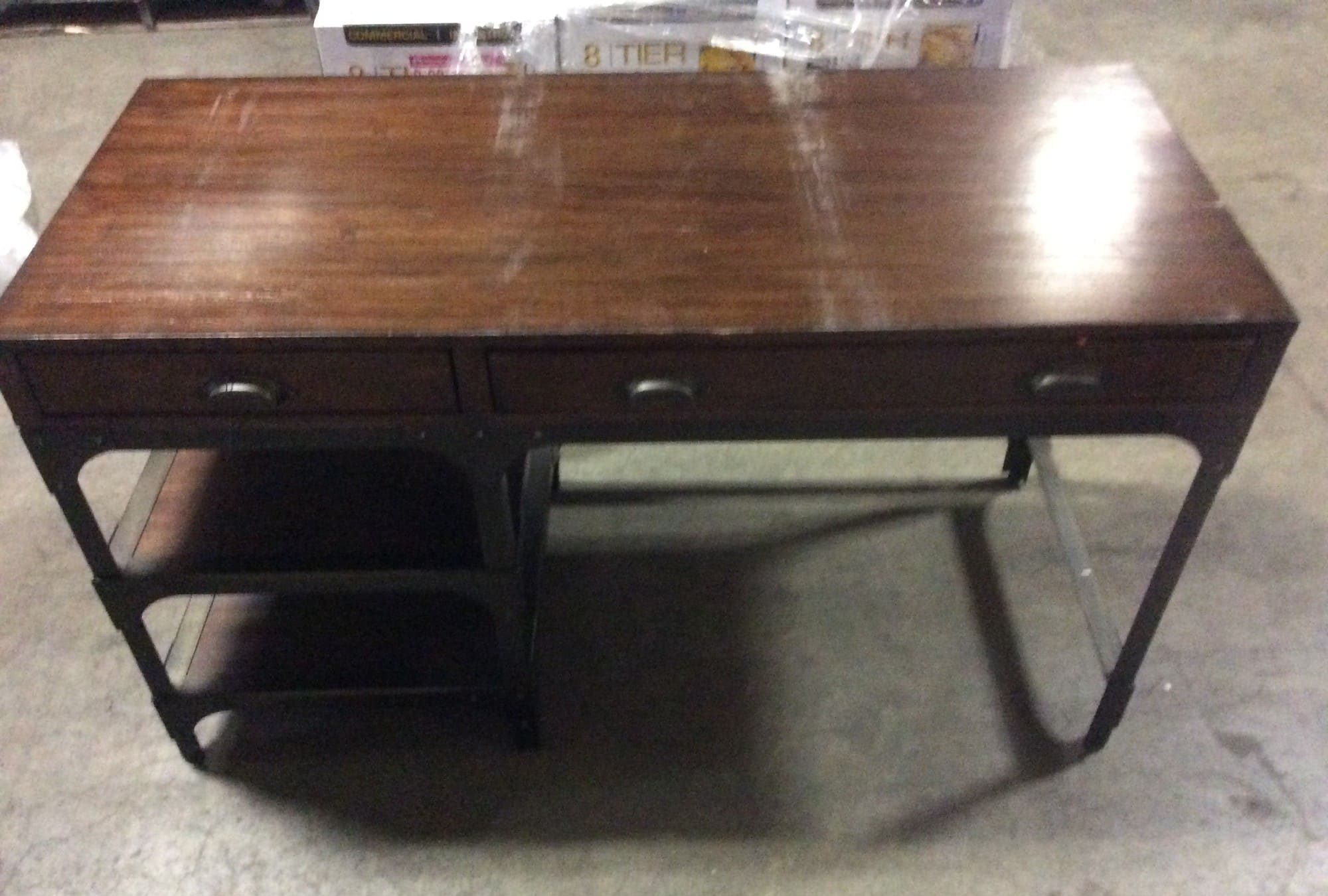
Even though it took almost six months to sell, we eventually sold it for $295, and I received $177 (60%) of the sale.
I only paid $43.78 for it, which means I made a profit of $133.22 – a return of over $300%!
With this first sale, I was hooked. A profit of $133.22 was like getting paid for a full day of work!
Even as I’ve learned about other hustles and ways to invest, I still don’t know where else a person can get these kinds of returns for such little work.
All I had to do was bid on the item, pick it up, touch up any defects and then list it.
Even though it took 6 months to sell, when I got that first $177 check, it felt amazing. I felt empowered. It felt good to know that I could accurately pick out, price, and sell items on my own.
My side business as a furniture consignment store flipper was born.
This has been such a lucrative side hustle that I wanted to share the details of how anyone can do it.
However, there are a few caveats I have to mention which could make your experience different than mine:
- I work at a consignment furniture store which has been around for over 30 years and has a good reputation.
- Also, because I’ve worked there for so long, I have extensive knowledge on what does, and does not, sell in our stores.
- Finally, I’m able to bring items in on my own, and price and list them myself. This makes it much easier than if you just were to bring items in on your own to a store.
Still, there’s no reason you can’t duplicate my results.
I hope this guide proves useful to help you consign items at your local consignment store. Let’s get into the guide on selling items on consignment, and how you can make money selling furniture on consignment.
In this post, I’ll be sharing with you how consignment works, what is consignment store, how much you can make selling furniture, and how to make money selling on consignment.
What is Selling on Consignment?
First, what is consignment and how does consignment work?
Consignment is an arrangement between you and a consignment shop where you leave goods and products at the store, and they will sell it for you.
Selling your items on consignment means you bring your items into a store for the store to sell on your behalf.
When the item sells, you receive a portion of the selling price, with the store receiving the remainder.
Pretty simple, right?
Typically, the store you will bring your items and merchandise to are called consignment stores.
What are Consignment Stores?
Consignment stores typically will focus on one type of product or piece, whether that’s clothing, furniture and home goods, antiques and collectibles, etc.
Usually, consignment stores have higher quality pieces of goods, and you can sell nice furniture and other high quality home goods at consignment stores.
For the purpose of this article, I will be talking about selling furniture at consignment stores.
How Does the Consignment Process Work?
Let’s talk about how consignment works.
If you want to make money selling furniture like I do, then understanding how consignment works is a great first step to selling on consignment.
The general consignment process is most likely the same no matter where you go.
- You bring your item into the store to be sold during a certain period of time.
- After your item sells, you receive a portion of the selling price, usually 40 to 60 percent (I receive 60).
- This portion is called the “Consignment Percentage” or “Consignment Fee”. The higher the consignment percentage, the better for you, but usually around 50 percent is fair for the consignment percentage.
There may be additional stipulations you have to agree to when you consign your items, such as:
- Adhering to the store’s markdown schedule
- Relinquishing your item to the store after so many days have passed
- Relieving the store from liability if something happens to your item, e.g., it breaks
Every store will have different policies and these policies will be made clear in the consignment agreement and consignment rules for that consignment shop.
Before you just start lugging stuff over to your local consignment store, you’ll want to inquire about the store’s policies and procedures to make sure you are on the same page.
Now, let’s talk about some of the items you can consign.
What Kinds of Consignment Products Can You Sell to Make Extra Income?
There are a number of different products you can sell on consignment to make extra money.
When we’re talking about home goods, there is practically an unlimited amount of products we can sell.
For my consignment side hustle, there are four types of products which I focus on consigning:
- Furniture
- Accessories
- Lamps
- Artwork
While every store accepts different items, our store has always accepted a pretty wide variety of items, focusing on high-end consignment furniture. We also carry new accent pieces, home decor and accessories, like lamps, artwork, mirrors, etc.
While I mostly dabble in selling nice furniture and furniture flipping, I’ve also sold other home goods, like lamps, artwork, and various accessories like cains, statues, and trinkets. I’ve even sold stuff I’ve found in other stuff, like a set of drawer dividers I found in a chest I purchased.
Depending on where you live, you may not have a local store that specializes in reselling high-end stuff. Depending on your local store, they may take a wide-variety of things, or are more narrow in what they accept.
To make it easier on yourself and the stores, you’ll want to make sure the items you’re consigning meet three stipulations.
What Is Important When Consigning My Items?
When it comes to consigning furniture, from my experience, there are three important qualities of an item. These important qualities include:
- the item is made from high quality materials
- the item is in good condition
- and the item is in demand
It’s not rocket science – people want things which are nice!
The best items to consign are items that are high-quality, in great condition and are in style now.
So, how do you know what’s a good quality or not?
It’s generally not too difficult, provided you can identify the brand. Identifying the brand is the easiest way to determine a product’s quality.
I generally avoid items with no brand because it’s much harder to sell items with no brand recognition. That being said, if you’re flexible in pricing the item as if it’s a lower tier piece, you may be able to sell it.
Examples of Furniture Brands to Sell in Consignment Stores
A piece of furniture’s price is directly related to its quality. A $2,000 sofa is going to be of a much greater quality than a $200 one. That’s simply the way furniture is made.
For me, I want to be able to flip nice furniture, as these will have the best margins, but I still will flip the low-tiered pieces of furniture if they are available.
That being said, there are ranges to quality. I categorize them into top, mid, and low-tier.
Let’s dive into each of these tiers.
Top Tier Furniture Brands for Consignment Store Selling
The top tier brands of furniture makers are going to be the best quality, and be the highest price. By knowing these brands, you might be able to find an undervalued piece with a big potential for profit.
The pieces made by these brands are known for their high quality, timeless beauty, and traditional design. The items from these top tier brands are popular all over the world, using traditional designs that have been beloved for centuries.
Pieces made by these brands are made of solid wood, are hand crafted, and feature beautiful fine-details like inlay, carvings, and painting. They’re also typically made in the United States.
If you find pieces from these brands for cheap (or free!), you’ll want to snatch them up.
The top tier furniture manufacturers include:
Mid Tier Furniture Brands for Consignment Store Selling
A step down from the top tier furniture brands are the mid-tier furniture manufacturers.
The pieces made by these brands are good-quality, but are not considered “fine furniture” like the makers above.
Pieces made by these brands are usually a mix of solid and manufactured wood. Some of the pieces are made in America, while others are made overseas. They can still include nice details such as inlay and hand-carving.
The mid tier furniture manufacturers include:
- Ethan Allen
- Lexington
- Sherrill
- Drexel
- Harden (no longer being manufactured new)
- Hooker
- Hickory White
- Thomasville
- Sam Moore
- Restoration Hardware
- Stanley
- Crate and Barrel
- Pottery Barn
Lower Tier Furniture Brands for Consignment Store Selling
Finally, we have the lower tier furniture manufacturers.
I generally avoid lower-tier furniture manufacturers. The pieces made by these manufacturers aren’t very high-quality, are usually made with cheap materials, and are all made overseas.
The lower tier furniture manufacturers include:
Now that we’ve talked about brands, I will provide a number of examples of items I’ve sold on consignment to give you a taste of what is possible.
Examples of Furniture Items Sold on Consignment
As I mentioned above, there are so many different things you can sell on consignment.
For my consignment selling side hustle, I’ve focused on upholstery, case goods, and accessories.
Within each of these categories, there are a number of items which you can find at different auctions, thrift stores, estate sales, or online.
Before going into how to find these items, I’m going to share with you all of the different items I’ve sold in the last year.
Upholstery Items Sold on Consignment
Upholstered pieces are any items that you can sit or rest on. Upholstery includes:
- Sofas
- Club Chairs
- Side Chairs
- Dining Chairs
- Ottomans
Below are examples of sales in each of these different upholstery pieces.
Selling Sofas on Consignment
An example of a sofa I’ve sold is this Ethan Allen Whitney sofa.
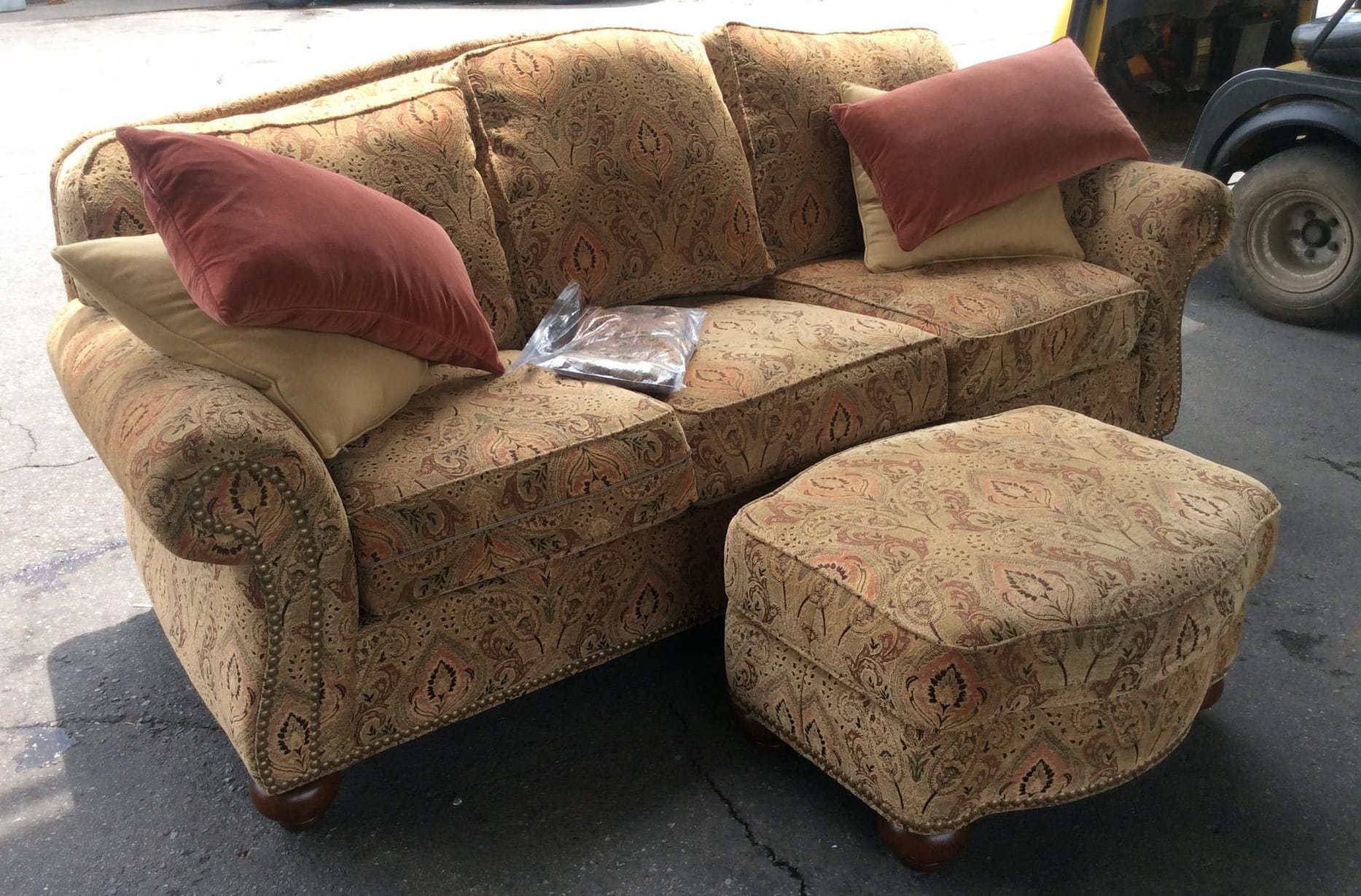
This sofa sold for $600.00. Originally, I purchased this sofa (with an ottoman) for $156.35. After the sale, I received $360 – a profit of $203.65!
Selling Club Chairs on Consignment
Club chairs are large arm chairs, usually designed for lounging or curling up on.
An example of a club chair I’ve sold is this C.R. Laine club chair with ottoman.
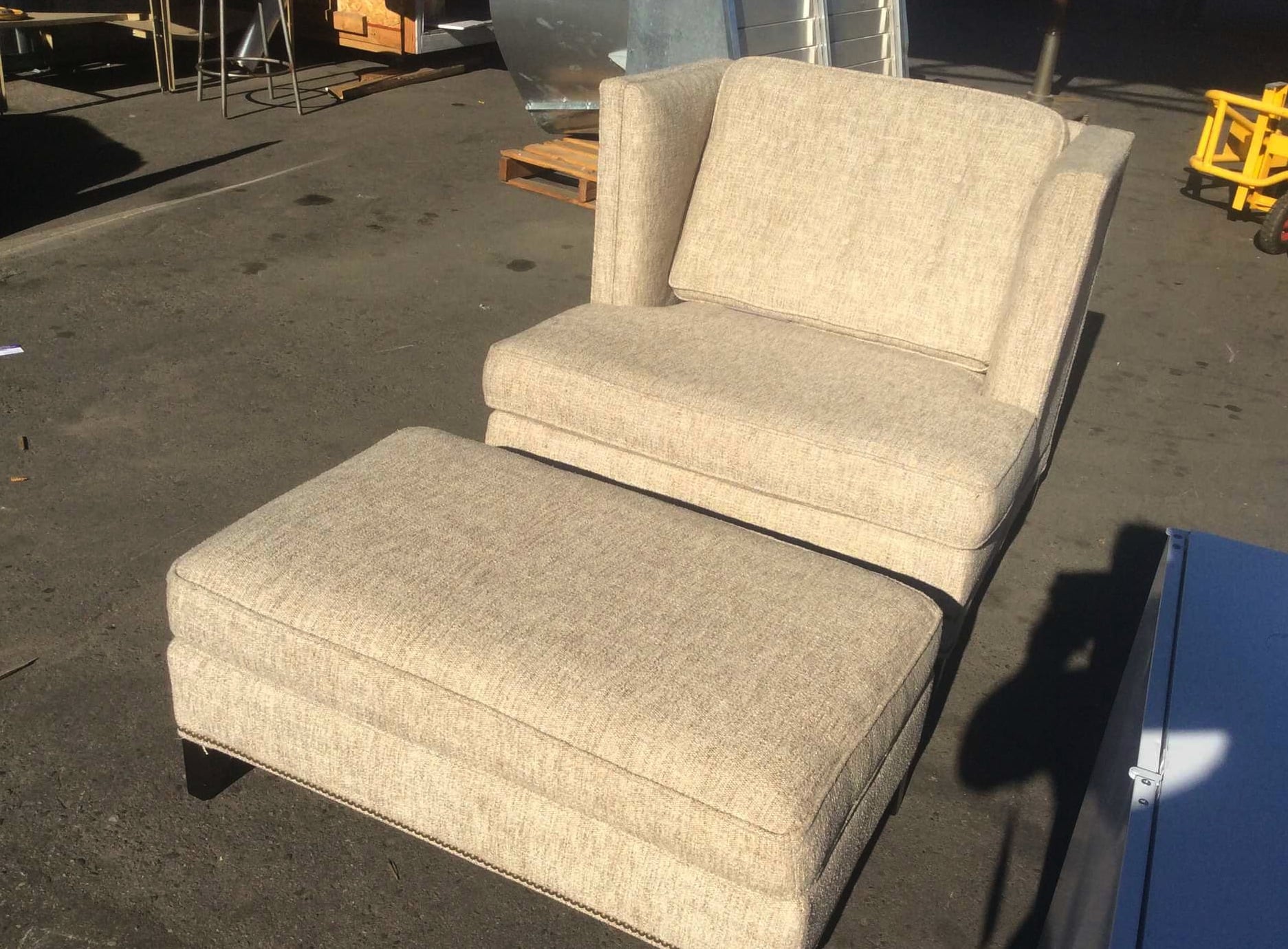
I purchased this chair for $87.56, and it sold for $350.00. My cut was $210.00 – a profit of $122.44!
Selling Side Chairs on Consignment
Side chairs are chairs that don’t have arms, are usually smaller, and are designed to be used for desks, tables, or as occasional chairs.
An example of a side chair I’ve sold were these two upholstered side chairs. I purchased this set for $31.27, and they sold for $200. My cut was $120, which resulted in a profit of $88.73!
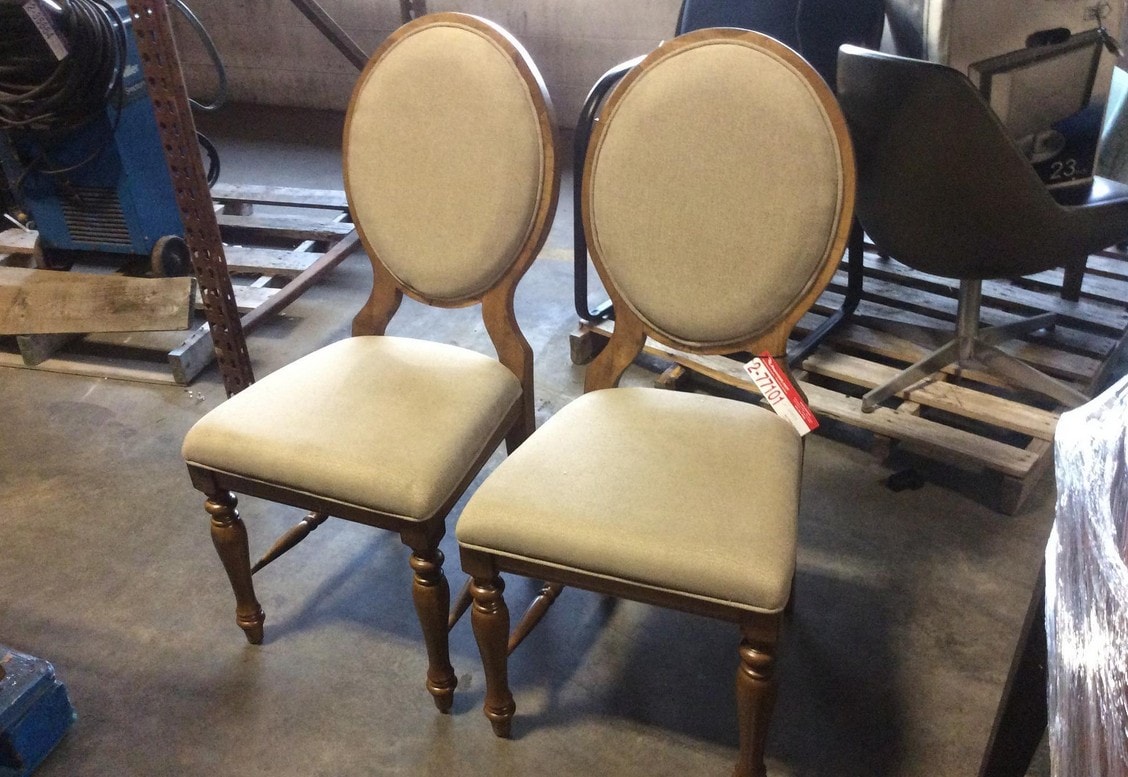
Selling Dining Chairs on Consignment
An example of dining chairs I’ve sold are these TON dining chairs. I purchased a set of six for $106.32, and they sold for $595. After receiving my cut of $357, I ended up with a profit of $250.68!
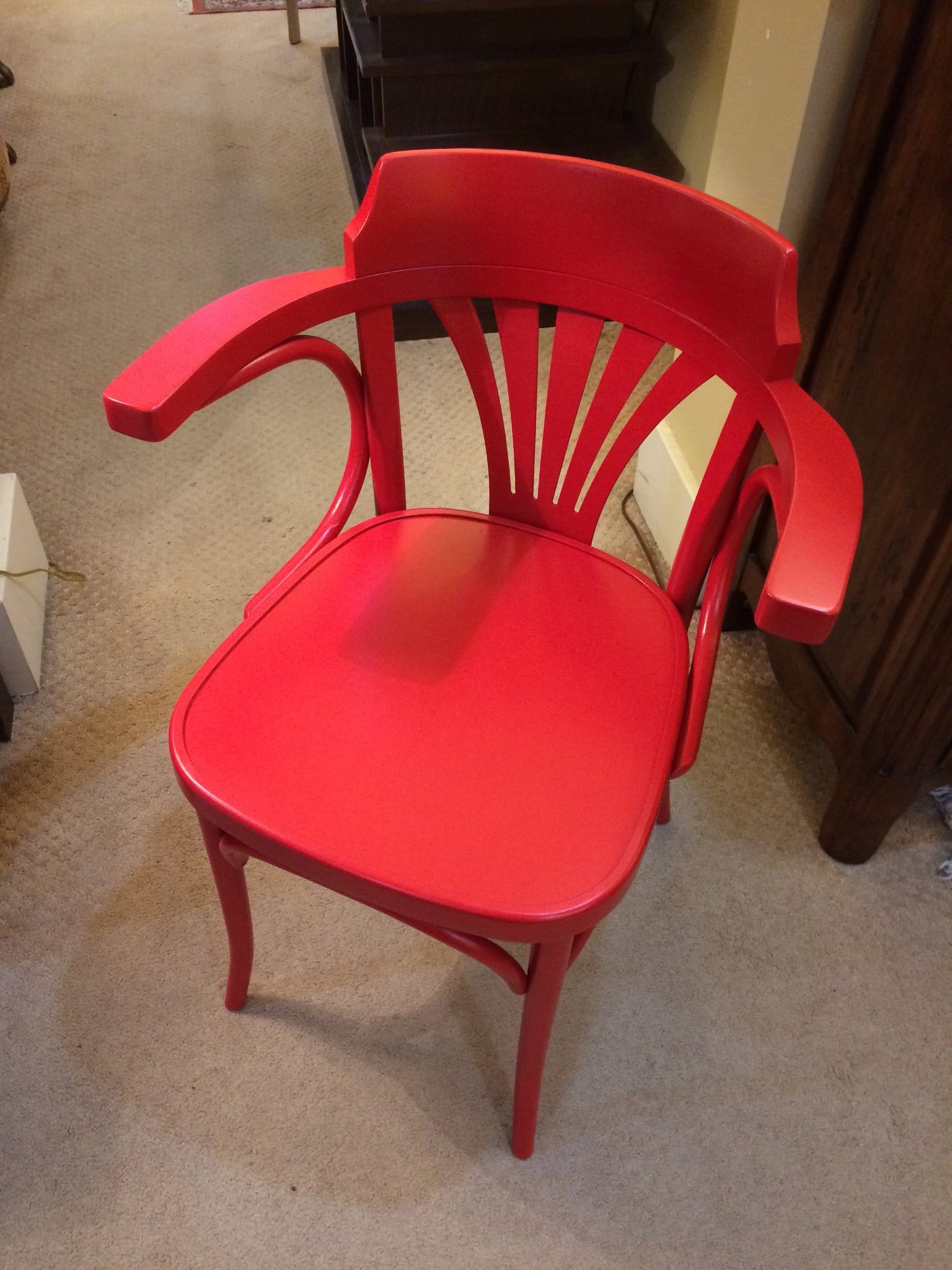
Selling Ottomans on Consignment
Ottomans are low footrests designed to be used as a footrest or cocktail table in front of a sofa.
An example of an ottoman I’ve sold is this Fabric Possibilities ottoman that sold for $250.00.
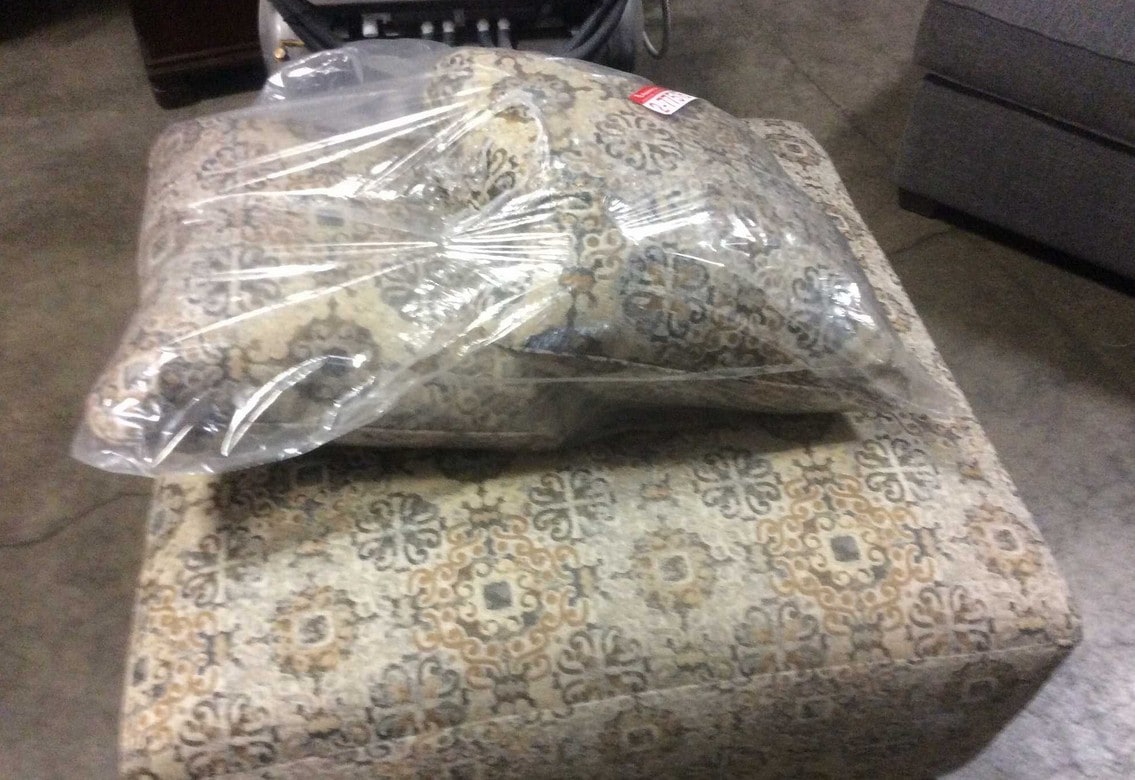
I originally had purchased it for $31.27, and after receiving $150 – I ended up with a profit of $118.73!
Case Goods Items Sold on Consignment
Case goods are another type of furniture item I’ve consigned.
The term “case good” refers to an entire category of furniture, usually made out of wood, that either serve as storage or other practical functions.
This ranges from side tables and dining tables to pieces like chests, dressers and nightstands.
Selling Dining Tables on Consignment
Dining tables come in a variety of shapes, sizes, colors, finishes, etc.
An example of a dining table I’ve sold is this rustic four-piece set that sold for $350.00. I purchased this dining table for $107.57, and received $210 – a profit of $102.43!
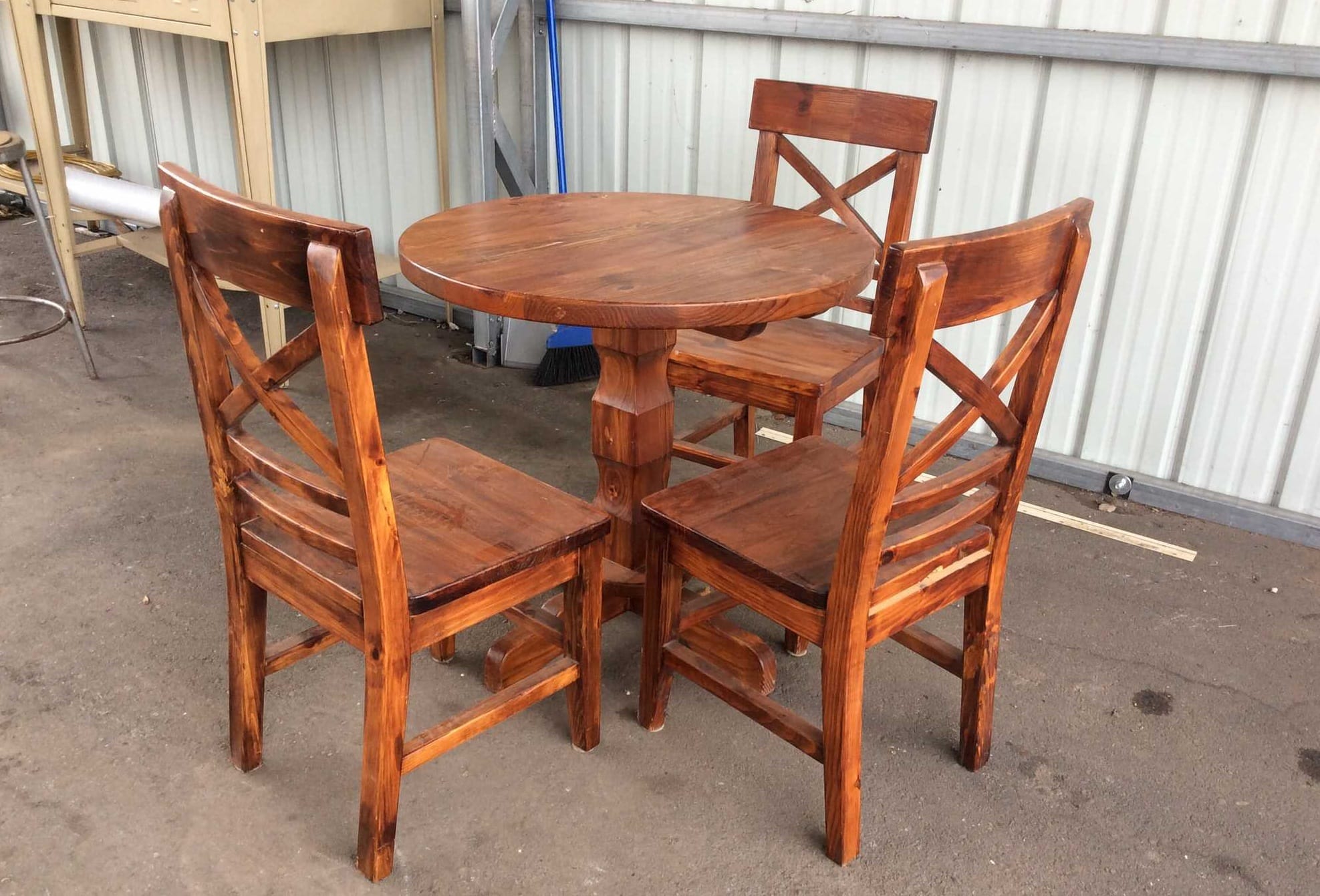
Selling Desks on Consignment
An example of a desk I’ve sold was this cherry writing desk that I sold for $175 in cash. I purchased the desk for $38.77, netting me $136.23 in profit!
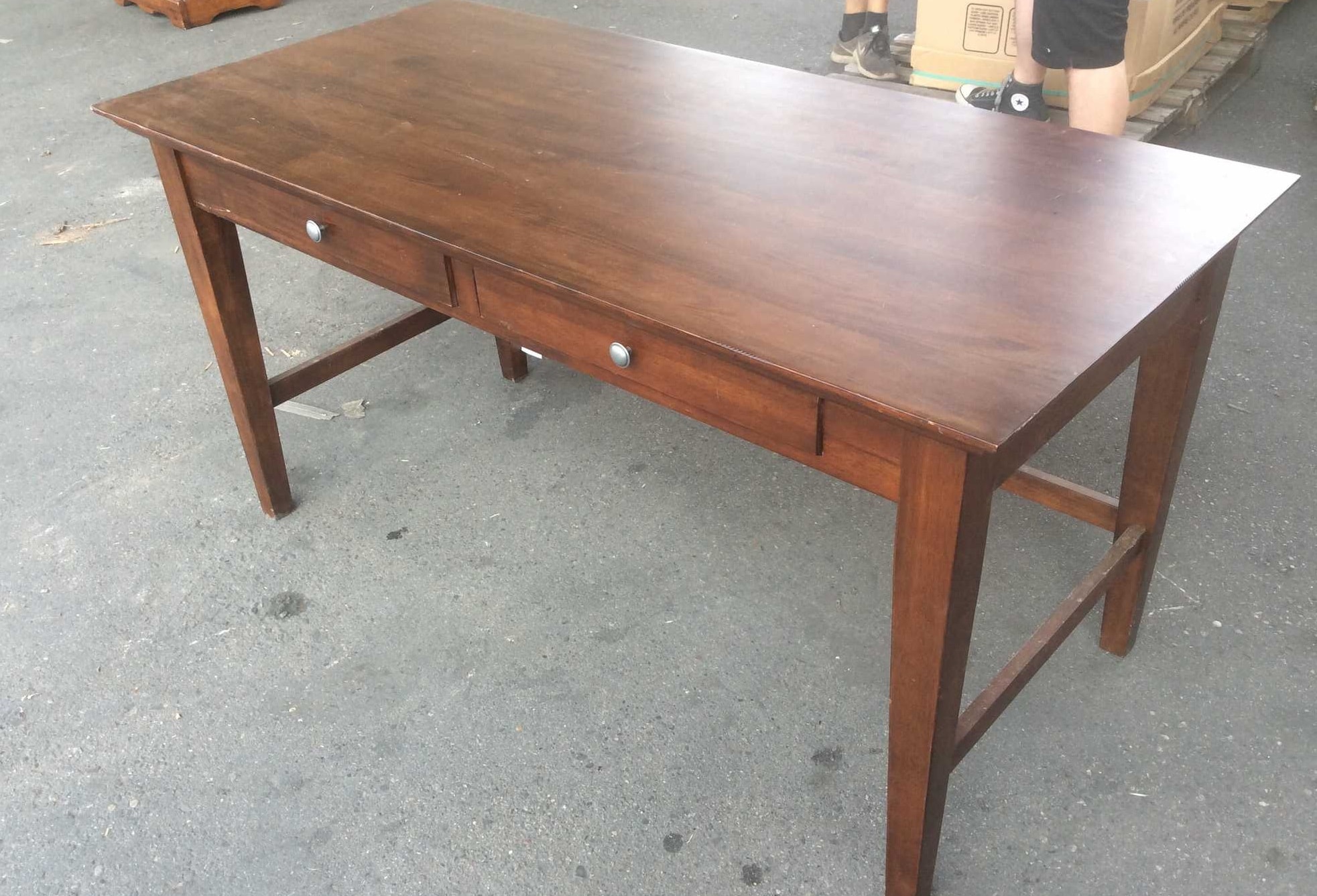
Selling Side Tables on Consignment
An example of a side table I’ve sold is this leather top side table. This side table sold for $195.00. I purchased it for $25.02, and received $117 after the sale – a profit of $91.98!
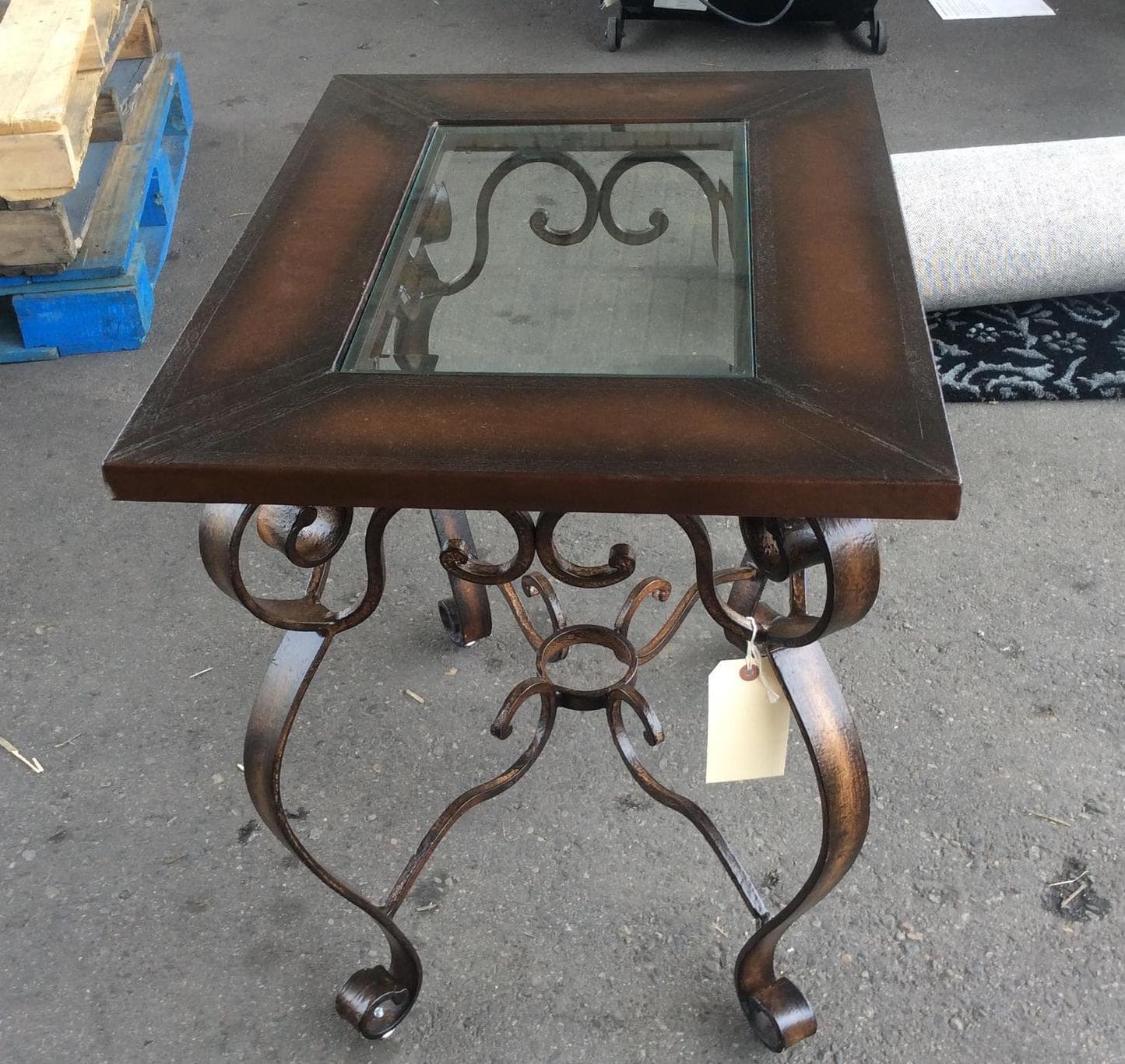
Selling Cabinets on Consignment
An example of a cabinet I’ve sold is this tall oriental cabinet.
This cabinet sold for $495.00. I purchased it for $75.05, and after the sale, I received $297. This resulted in a profit of $221.95!
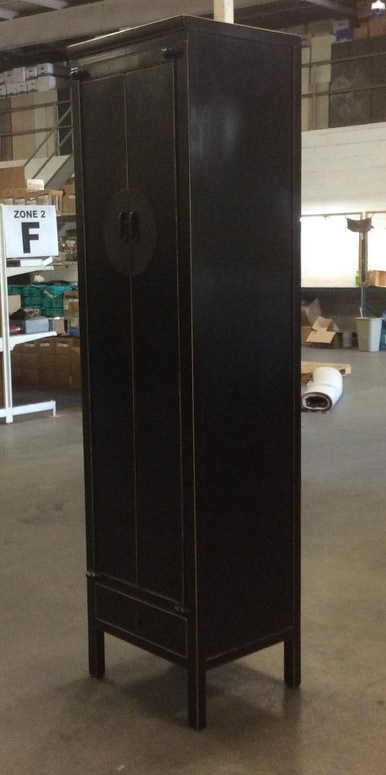
Selling Dressers on Consignment
An example of a dresser I’ve sold is this Harden dresser that sold for $495.00. I purchased it for $68.79, and after the sale, I received $297. This resulted in a profit of $228.21!
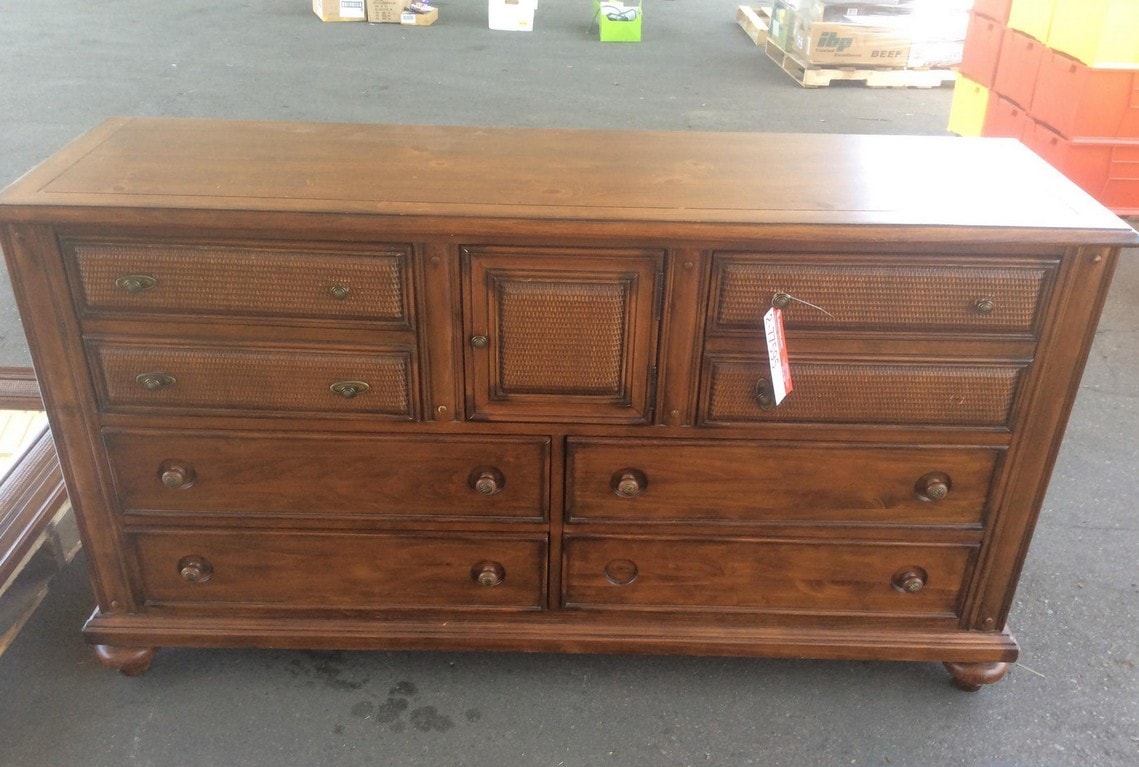
Selling Chests on Consignment
An example of a chest I’ve sold is this Vaughn-Basset chest that sold for $300.00. I purchased it for $93.81, and after the sale, I received $180. This resulted in a profit of $86.19!
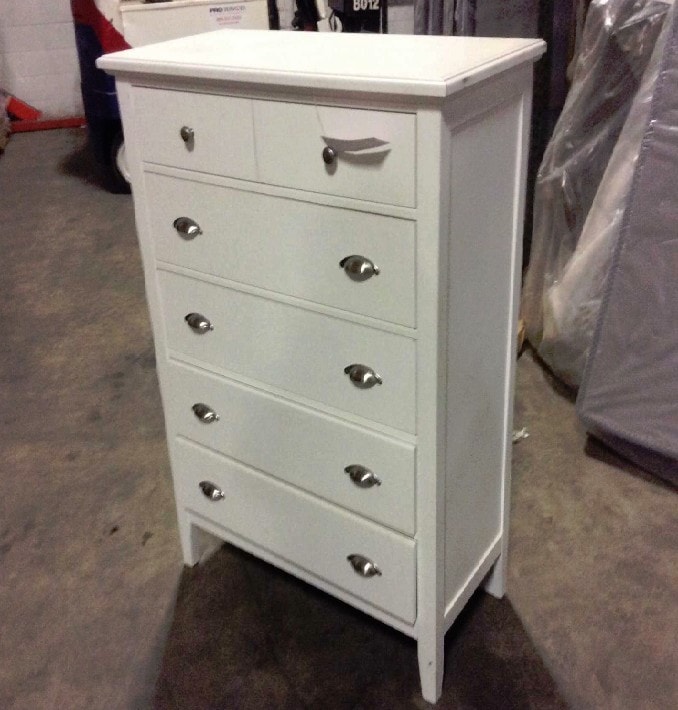
Selling Nightstands on Consignment
An example of a nightstand I’ve sold is this rustic nightstand that sold for $225.00. I purchased it for $62.54, and after the sale, I received $135. This resulted in a profit of $72.46!
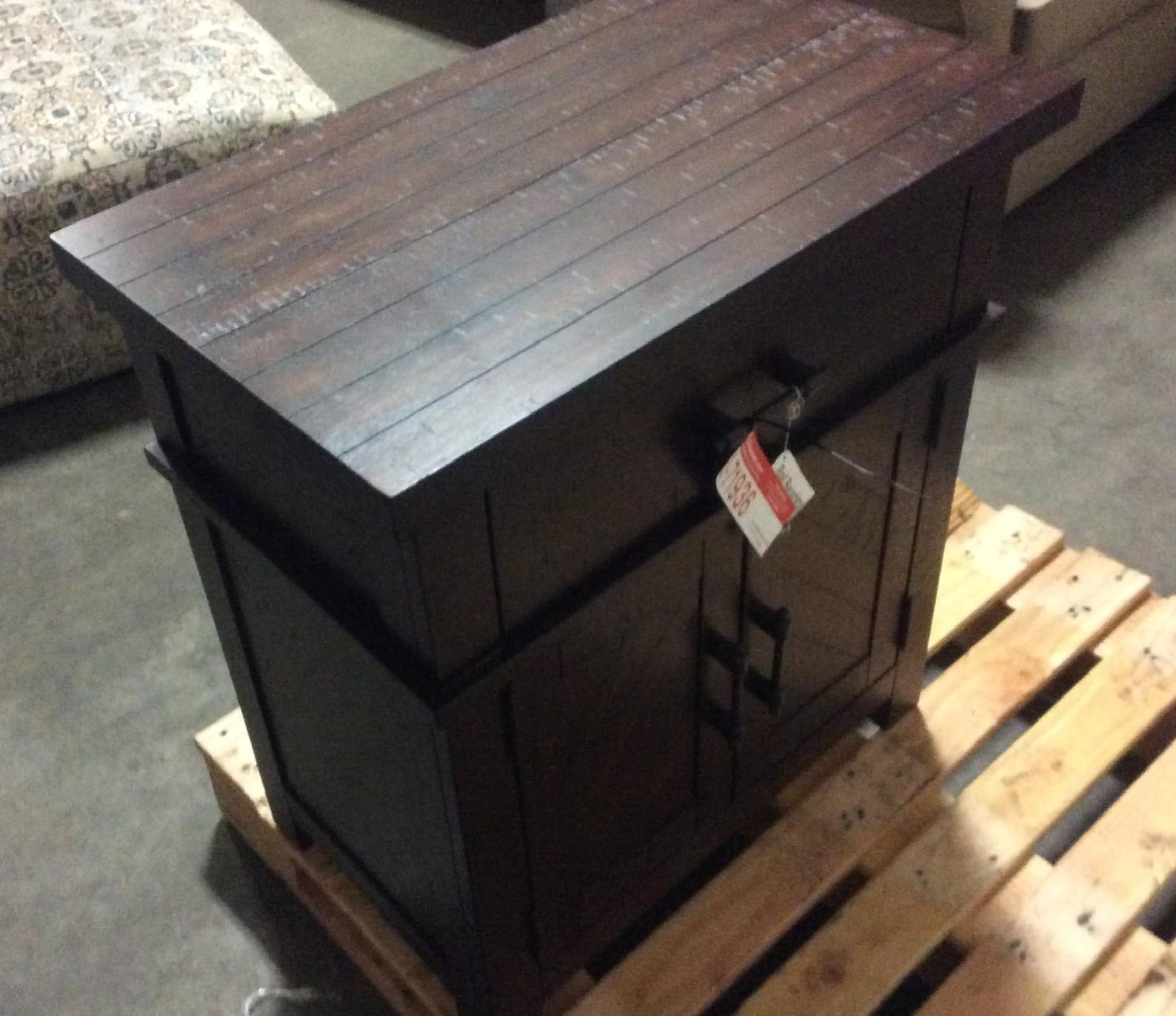
Accessory Items Sold on Consignment
Finally, there are some accessory items which I’ve sold on consignment. These items could include decorations or functional add-ons to another furniture piece.
Selling Drawer Dividers on Consignment
An example of an accessory I’ve sold are these drawer dividers.
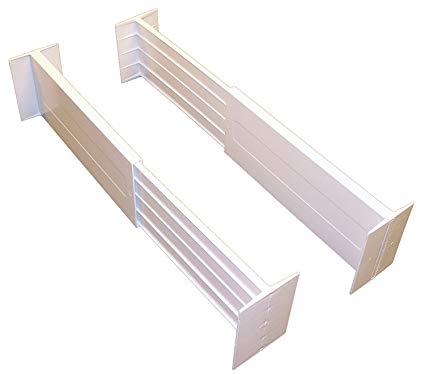 I got these for free from a chest, and they sold for $35. I received $21 of that $35, a nice $21 profit!
I got these for free from a chest, and they sold for $35. I received $21 of that $35, a nice $21 profit!
Selling Elephant Statues on Consignment
Another example of an accessory I’ve sold is this elephant statue. This elephant statue sold for $35. I purchased it for $6.25, and after receiving $21, ended up with a profit of $14.75!
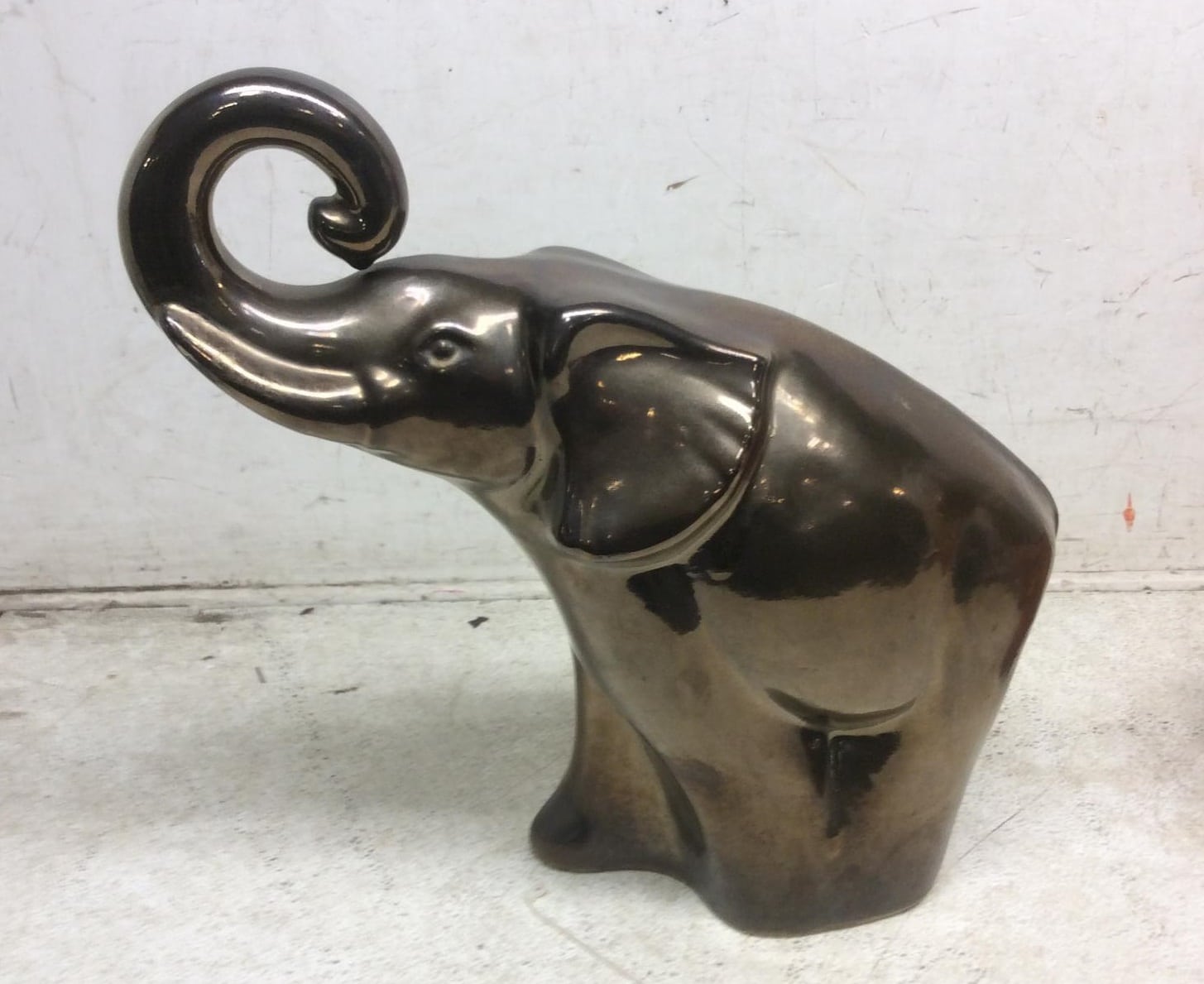
All of these items and examples I’ve listed above can be found and sold. It might take a while to find an underpriced item, or one which you can sell for a lot, but there are deals out there.
Now that I’ve shown you a number of examples of furniture pieces I’ve sold, I will talk about some of the techniques and strategy behind consigning items as a side hustle.
How to Determine if an Item is Worth Selling
Because you (most likely) don’t manage a consignment store, it won’t be up to you to set the price – the store will.
Unfortunately, this leaves you at the store’s mercy.
So, you are left with the question, “how do you know if an item is worth selling if you don’t get to set the price yourself?”
As a rule of thumb, for items which are brand new to a year old and in good condition, you can expect to sell the piece for about half of purchase price. Then, depending on the piece’s quality and brand, condition, marketability, etc., I may go down from there.
While this rule doesn’t always work, I’ve found that it’s at least a good place to start.
For example, I sold this kinda hideous Ethan Allen Whitney sofa on sale for $600, after starting it at $795.

While it’s a nice quality sofa, the pattern itself is quite…unmarketable.
You can see on Ethan Allen’s website this line of sofas originally went for $3,000.00, and then on sale for $2,400.00.

That means, feasibly, I could sell my sofa for $1,200.00 then, right?
Not with that pattern.
See, an item’s desirability is directly determined by its marketability, which is determined by the piece’s quality, design, and appeal. The more narrow the appeal, the less likely your piece will sell. If an item is a high quality piece, but it’s in an ugly color or fabric, it won’t matter that’s it’s expensive.
It’s like painting a Lamborghini like a checkerboard. I mean, it’s still a Lambo, but… it’s a checkerboard.
Not a lot of resale appeal there.
That being said, I’ve had great luck with selling lots of pieces at half of purchase price or above. As long as your item is a good piece in good condition and it’s marketable, you should do fine.
Keep in mind that most stores have experience setting prices, and really it’s in their best interest to get as much for you (and themselves) as they can.
What Items You Should Consign
Now that we have talked about some of the strategy behind the mindset of the consignment stores, let’s talk about which items you should consign, and how you can source your items.
When thinking about which items to consign, this will be very dependent on where you live.
From the perspective of this post, I don’t have an answers which will cover everyone, and for you, this is probably going to be the most difficult question to answer.
There are so many factors that dictate what is going to be popular in your area.
In the city I work, we’re known for very traditional high-end furniture like this:


However, this may be totally different than the style typically seen in a downtown New York apartment.
Because of this, it’s going to be difficult for me to tell you what you should buy and consign.
The best way to determine what is popular with consignment stores in your area is to just ask your local store what’s most popular, and then try to find pieces like that, using the above criteria.
Next, let’s discuss where you can source items to sell on consignment.
Where to Source Items to Sell on Consignment
When flipping any retail merchandise for extra income, sourcing is the most important thing to focus on.
How you source your items most will most likely vary depending on where you’re located.
If you’re in a dense packed city, you may use garage sales more frequently than someone who lives in a rural area.
It’ll be up to you to figure out how best to source your items.
There’s practically an unlimited number of ways to get inventory, but a few great ways are:
- Auctions
- Garage Sales
- Trash
- Online, through Craigslist or Offer Up
Let’s go into each of these in more detail.
Using Auctions to Find Items to Consign
Auctions are a great way to find items to sell on consignment.
I mainly use auctions to source my items.
I’m lucky there’s a huge auction house just twenty minutes away from me which has a new auction every week with hundreds of new items, sourced from all over. The items come from private estates, repossessed pieces, clearance items from stores, etc., and there is a ton of variety.
Auctions are a great way to get good, high quality stuff from a diverse variety of sources, and generally at good prices.
Sometimes, you can get things for a steal if you have more knowledge than the average consumer.
Being knowledgeable about furniture (and being willing to do the research), has made all the difference. For example, I just won an auction for a set of four of these TON chairs for just $18.76.
You wouldn’t know it from looking at them, but these normally retail online for over $300 a chair.
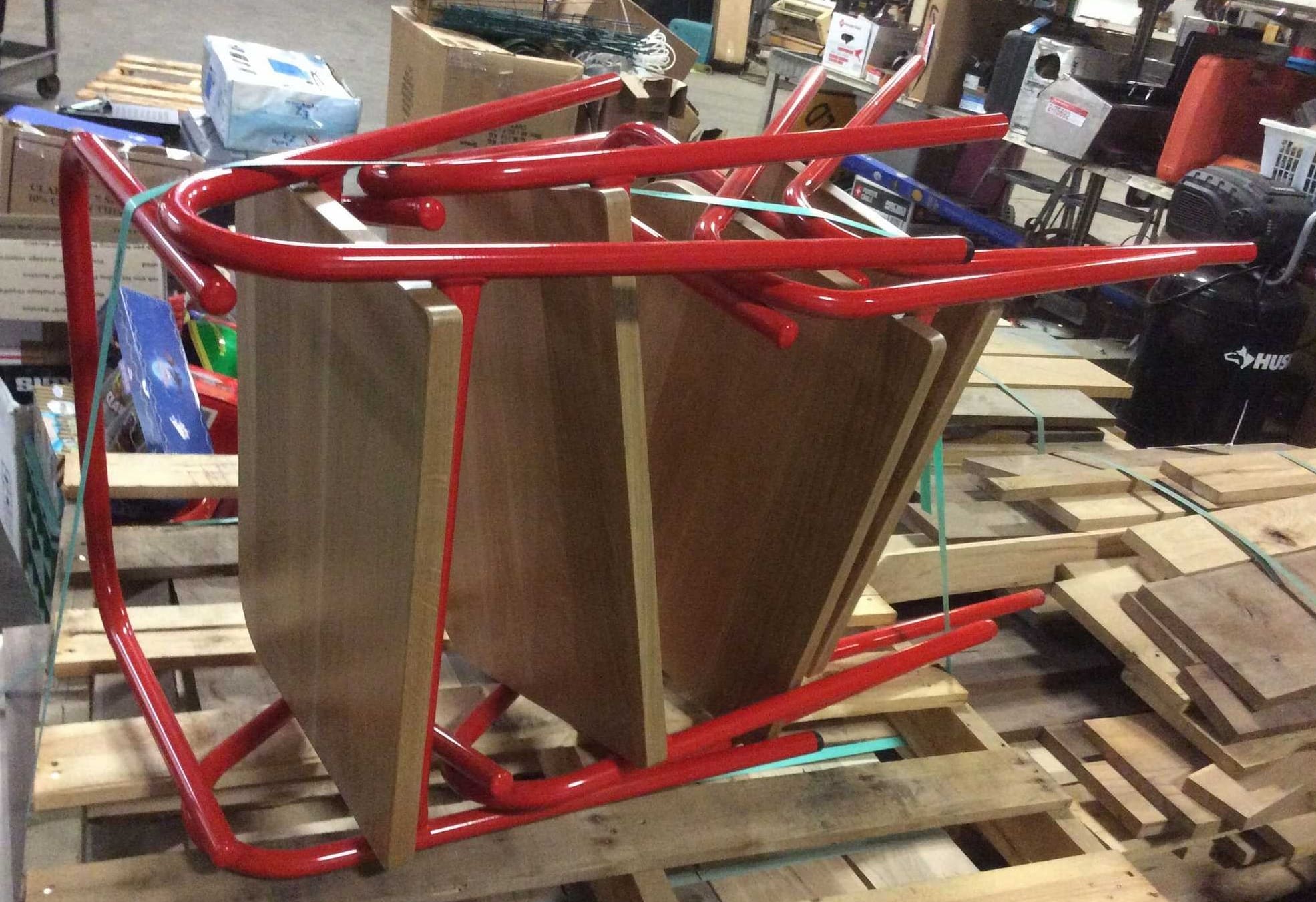
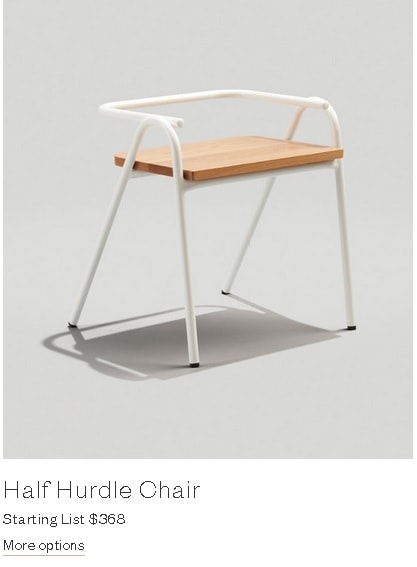
The only reason I won them was because I recognized the potential in them and then did my research.
For me, much of my knowledge comes from knowing, understanding, and appreciating fine furniture.
It’s not something I was planning to get into, but it was where I went in my professional life, and now I understand a lot about the industry.
Perhaps you have a skill or knowledge about a particular industry that you can leverage in this way?
Here are a few sources to help you find auctions in your area:
Using Garage Sales and Estate Sales to Find Items to Consign
Garage and estate sales are other places you can find items to consign.
I don’t really go to estate or garage sales too frequently because, quite frankly, most people don’t purchase high-end furniture.
The average person doesn’t really have an appreciate for fine furniture. And why would they? They have kids and pets and relatives, and any number of things that aren’t really compatible with having a $25,000 dining table.
Not exactly practical.
However, estate sales can still be a good way to get good furniture, provided that the estate doesn’t belong to a person a million years old.
Unfortunately, I don’t have many tips I can offer on estate sales, but I will say:
- Bring cash or a check
- Get there early
Most garage/estate sales will be cash only, so you don’t want to get caught with your pants down only having a card.
Also, most garage/estate sales can be pretty popular, so the earlier you get there, the earlier you’ll have access to the best stuff.
I locate estate sales with the following website: Estate Sales Org.
Can You Find Items to Sell in the Trash?
Sometimes in the trash, you can find treasure. Looking in the trash can sometimes lead to finding items to consign.
I haven’t found furniture this way myself, but I’ve heard of many people getting perfectly good furniture from the side of the curb.
Always be sure to ask if you can have something before just taking it, though.
I once made the mistake of leaving a couple tables near the curb in our yard while I went to go pick up some more items from an auction, and when I came back they were gone. That really made me mad.
So I’ll say it again: don’t just take stuff from people’s yards.
Can You Find Items on Craigslist/Offer Up to Sell?
Finally, you can find items to consign online by using different apps and marketplace websites.
I haven’t gotten any of my items from Craigslist or apps like Offer Up, but I have heard of people successfully sourcing items from there.
If you have an eye for furniture/accessories, it may be possible for you to flip items using these sites. Just be careful – there are a lot of weirdos out there.
Here’s a link to Craigslist. If you go to the “For Sale” section, you can see all the available furniture people are trying to sell.
Now that we have talked about sourcing items to consign, let’s talk about the profit potential of selling on consignment, and some of my recommendations for you if you think consigning could be a fun side hustle.
How Much Money Can I Make Consigning Furniture?
Consigning furniture can be a lucrative side hustle.
You can make a decent amount of money selling furniture.
Last year, I profited over $3,000 selling furniture by consigning furniture and accessories.
If you can acquire good-quality items at a cheap price and can consign them at a nice store, you can definitely make some good money.
Not bad for a side hustle which takes just a couple hours a week.
If you were to sell one item a month, you could make a few hundred dollars extra this year. Ramping your efforts up to selling multiple items a month could lead to a few thousand dollars in income this year.
If you can get a steady stream of items and have a regular store you can go to, there’s no reason consigning furniture can’t be a lucrative side hustle for you.
Common Misconceptions About Selling on Consignment
One of the most popular misconceptions about consignment furniture is with how much money people expect to make.
Most people are woefully unrealistic about what their furniture is worth.
Per the rule of pricing listed above, at most you should expect to have your item listed for half price, after which it sells you may get a 40/50/60 percent commission, depending on the store.
This averages out to about one-quarter’s worth the original purchase price.
Not a crazy amount of money, depending on the piece – but that’s why we’re not selling our own items, we’re selling items we’ve gotten for cheap.
Advantages and Disadvantages to Placing Items on Consignment
While selling your items on consignment can be a great way to earn some extra money, it does have some advantages and disadvantages compared to selling your stuff in a more traditional way.
Advantages of Placing Items on Consignment
One of the biggest advantages of selling your items on consignment is that it’s way less work for you than flipping things on eBay or a similar marketplace platform online.
You don’t have to worry about taking pictures of your item, listing it on a site, dealing with people calling you, haggling over price with customers, worrying about storage, the shipping of items, etc.
All of that is handled by the store on your behalf.
That being said, there are some clear disadvantages to selling items on consignment:
Disadvantages of Placing Items on Consignment
There are a few disadvantages of placing items on consignment. These disadvantages include:
- Less Control Over Price
- Limited to Your Geographical Area
One of the biggest disadvantages of selling items on consignment is that you don’t have any control over what your item is priced at. If the store thinks your piece will only sell at $85 but you think it’s worth more, you either take their offer or try to sell it on your own.
Another disadvantage of selling at a consignment store is that, especially if it’s a small business, the business is limited by its geographical area.
Unless the business has a website that can help get your item seen by people all over the United States, it’s likely that someone from your area will have to purchase the piece. This means there is less chance your piece will sell because it’s limited by the local market. Trying to sell a blue bowl on consignment in a market that doesn’t like blue bowls will make it difficult for your piece to sell.
Are You Interested in Starting to Consign Items to Make More Money?
Hopefully this post has given you a lot of great information into the world of consignment stores and selling furniture and other items on consignment.
If you have knowledge of furniture (or are at least willing to do the research) and have a reputable consignment store in your area, then consigning furniture and accessories may be a great way for you to make some money on the side.
Googling “Consignment shops near me” can help you start this side hustle, and then by following this guide, you can be on your way to selling furniture and selling other products on consignment to make more money.
Again, using the techniques listed above has netted me over $3,000 in profit by selling furniture!
Clearly, there is money to be made flipping furniture. Just give it a shot!
There are so many amazing side hustles out there in the world. I’ve found a side hustle I love, and hope you can too!
Readers: what do you think about this side hustle idea? Would you want to become a flipper to earn some extra income? What do you think about starting a flipping side hustle?


